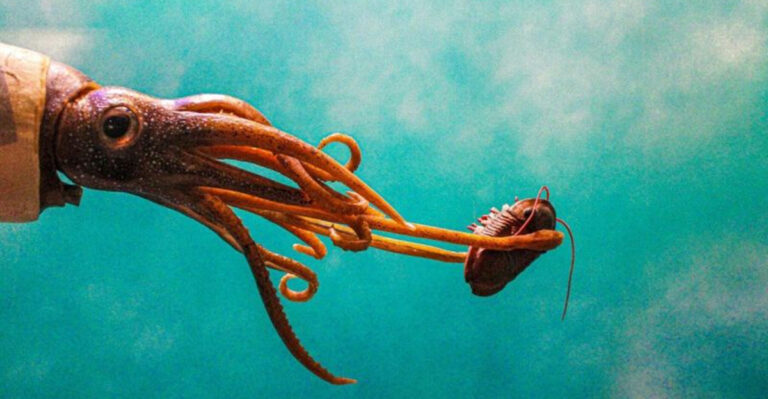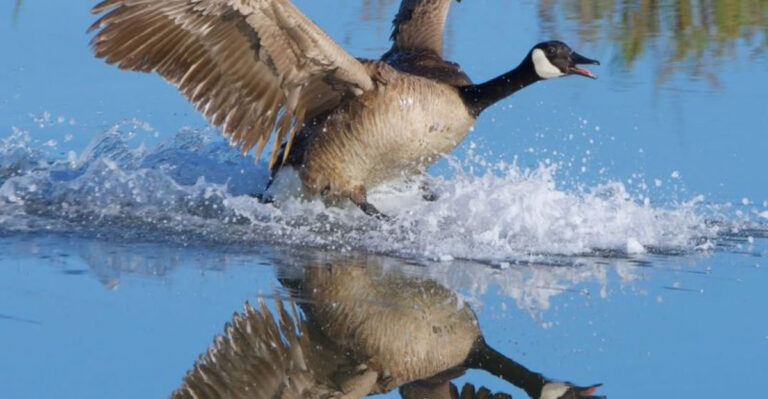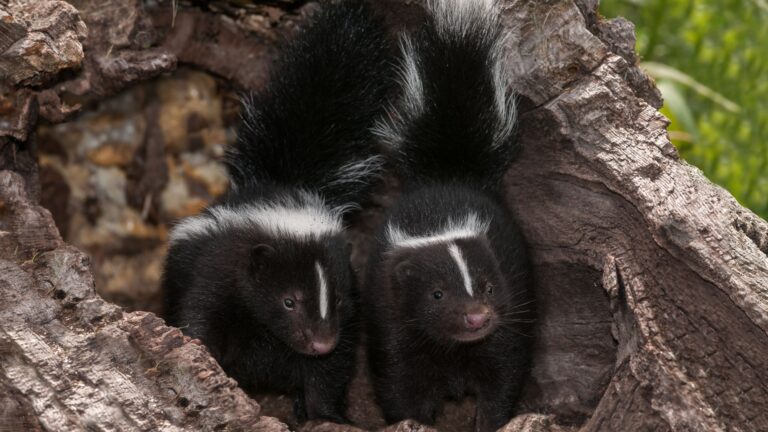15 Tough Wild Cats That Live In The Harshest Environments

Wild cats are some of nature’s most impressive survivors, thriving in places that would challenge even the hardiest creatures.
From scorching deserts to icy mountain peaks, these feline hunters have adapted remarkable skills to conquer extreme habitats. Let’s explore 15 incredible wild cats that laugh in the face of harsh conditions, showing off nature’s amazing ability to adapt and survive against all odds.
1. Snow Leopard
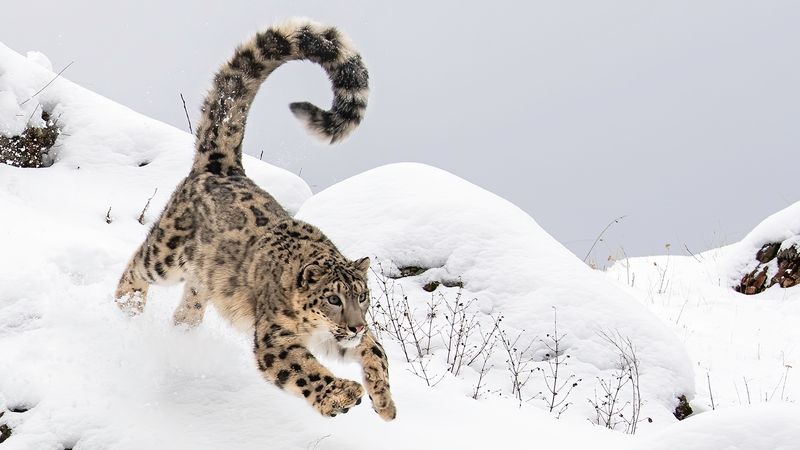
Ever wondered what animal could survive at 18,000 feet in temperatures that drop to -40°F? The elusive snow leopard prowls the rugged mountains of Central Asia with fur so thick it insulates against bone-chilling cold.
These solitary hunters leap distances up to 50 feet across mountain slopes, using their extra-large paws like natural snowshoes. Their long tails work as both balancers and cozy scarves when wrapped around their bodies during sleep.
2. Sand Cat
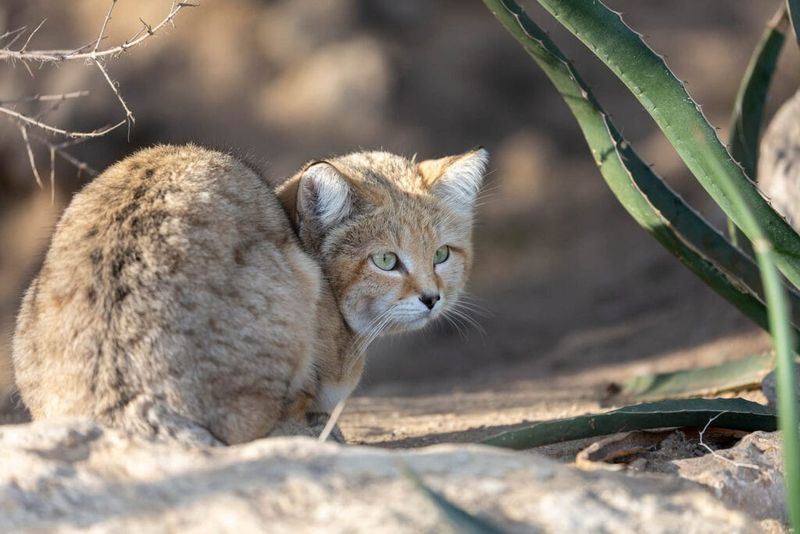
Blink and you’ll miss this pint-sized warrior of the Sahara. Sand cats thrive in places where daytime temperatures soar to 124°F, while nights plummet below freezing. Their specialized ears detect prey moving underground, solving the desert’s food scarcity problem.
Hairy paw pads protect against scorching sand while functioning as natural snowshoes in softer terrain. These cats can survive without drinking water, getting moisture entirely from their prey.
3. Pallas’s Cat
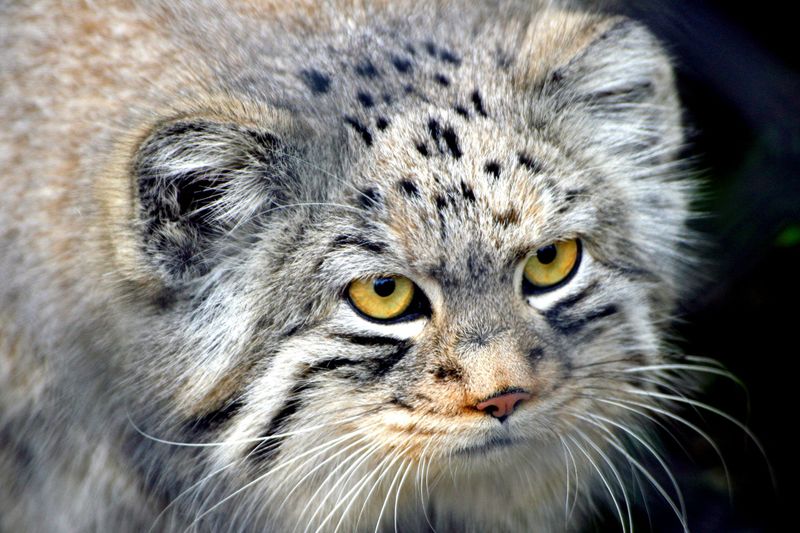
Looking permanently grumpy isn’t just for show – it’s the face of survival on the frigid Mongolian steppes. Pallas’s cats rock the fluffiest fur of any cat species, with hair reaching almost 2 inches long on their bellies to insulate against -60°F temperatures.
Unlike other cats, their pupils contract into circles instead of slits. Their round bodies, short legs, and flat faces help conserve heat in one of the coldest inhabited regions on Earth.
4. Arabian Sand Cat
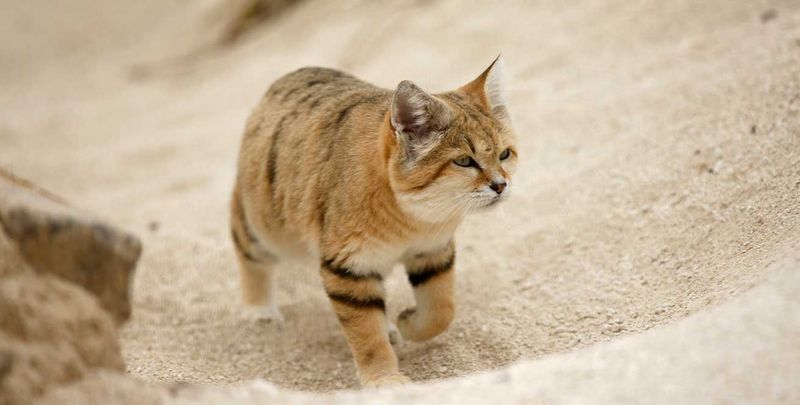
Beneath starlit Arabian skies, a tiny predator rules the endless dunes. Arabian sand cats laugh at 122°F heat while hunting at night, traveling up to four miles in search of dinner. Their light-reflecting fur works like natural air conditioning.
Water? Who needs it! These desert specialists get all their hydration from the rodents, birds, and reptiles they catch. Black markings on their paws protect against sunburn, while their low-set ears help them stay hidden while stalking.
5. Eurasian Lynx
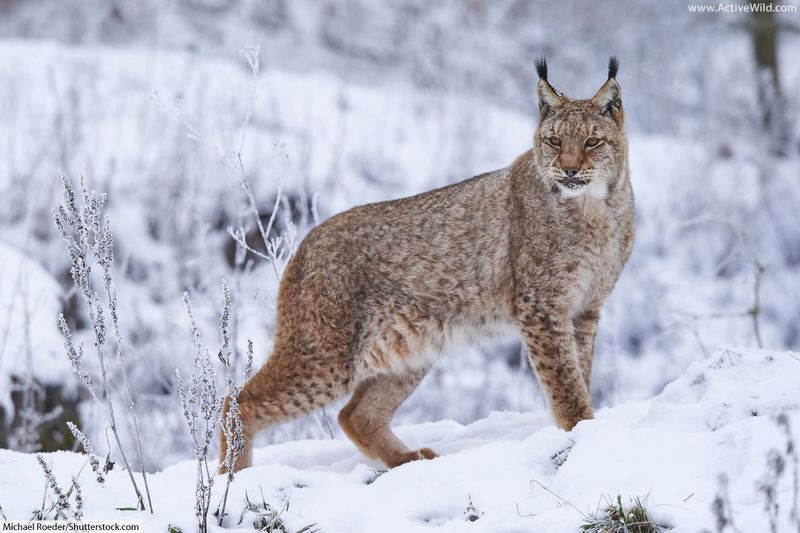
Jack Frost has nothing on these winter warriors. Eurasian lynx bound through snow-covered forests where temperatures drop to -30°F, their massive snowshoe-like paws keeping them afloat on deep powder.
Those signature tufted ears aren’t just for show – they act as sound amplifiers for detecting prey under snow. Their thick silver-gray winter coat grows so dense it can make these 50-pound predators appear twice their actual size, intimidating rivals and keeping warm.
6. Andean Mountain Cat
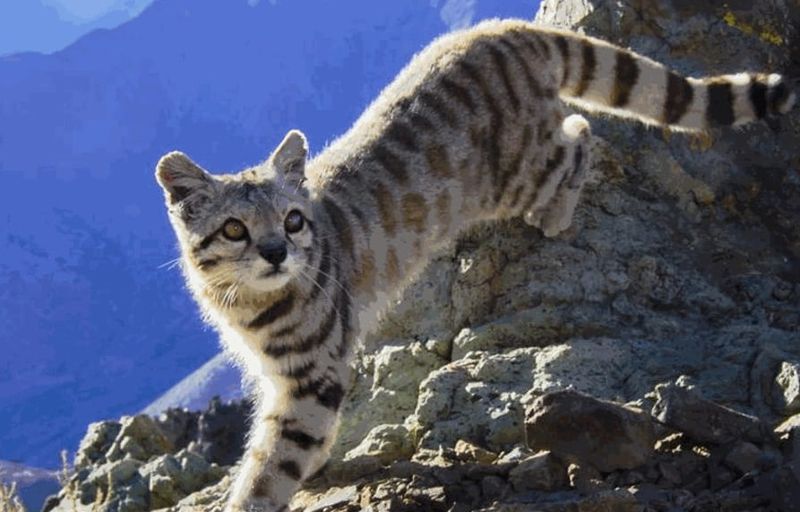
Rare as diamonds and twice as tough, these small felines patrol the world’s driest desert at elevations that would leave humans gasping. Andean mountain cats hunt chinchillas and viscachas across rocky slopes 16,000 feet above sea level where oxygen is scarce.
Their extra-thick, ash-gray fur shields against bitter Andean nights, while their ringed tails provide balance on precarious mountain ledges. So elusive are these cats that scientists didn’t photograph a live one until 1998!
7. Caracal
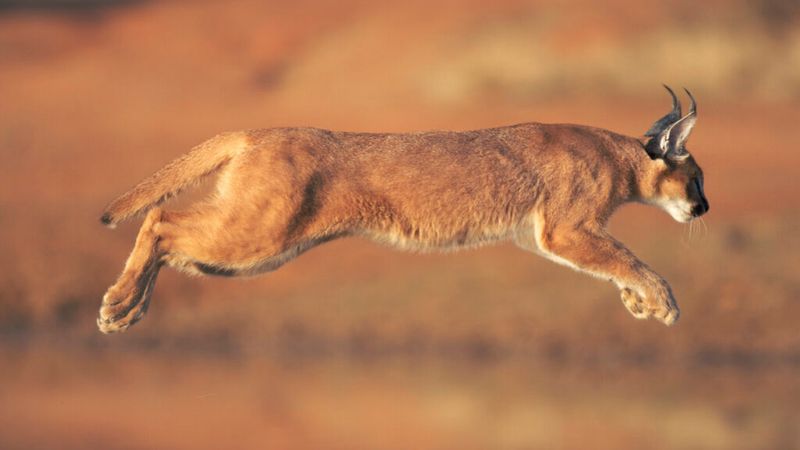
Forget Olympic high jumpers – caracals can leap 10 feet straight up to snatch birds mid-flight! These copper-colored cats thrive across Africa’s harshest savannas where food and water are scarce for months during dry seasons.
Those famous black ear tufts aren’t just fashion statements – they help caracals communicate with each other across vast territories. Masters of efficiency, these medium-sized cats can bring down prey three times their size and go weeks without drinking water.
8. Fishing Cat
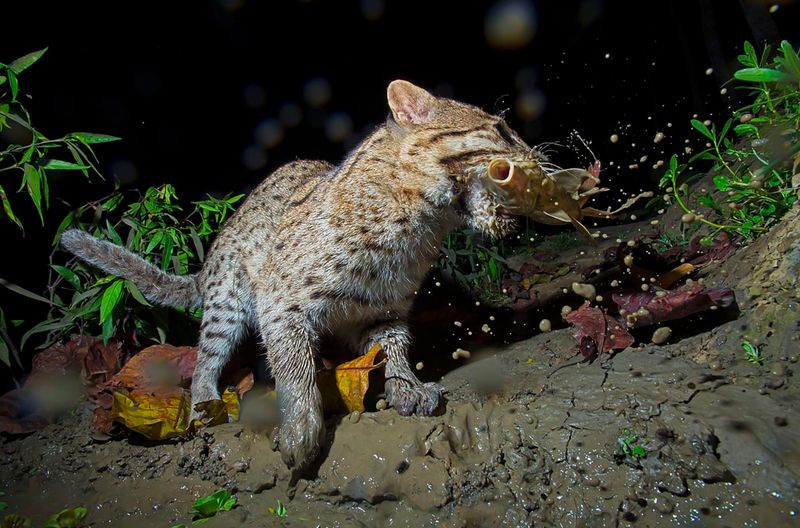
Half-cat, half-otter, and completely waterproof! Fishing cats plunge headfirst into South Asian wetlands during brutal monsoon seasons when other predators retreat. Their dense, double-layered fur stays dry even after underwater dives.
Unlike most cats who despise water, these skilled swimmers have partially webbed paws and can swim long distances. They’ll even tap the water’s surface to mimic insects, tricking fish to investigate before lightning-fast paws scoop them up.
9. Serval
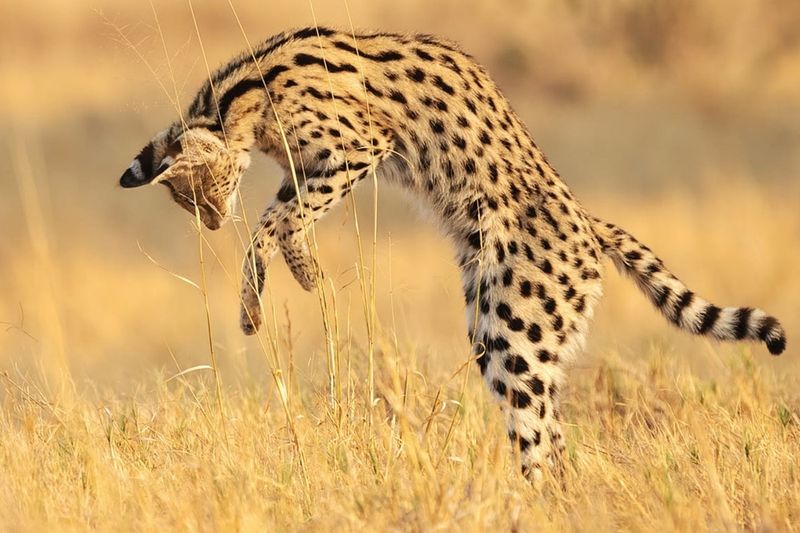
Armed with radar-dish ears and the highest jumping ability of any cat, servals dominate Africa’s open grasslands where nowhere to hide means adapt or perish. Their elongated bodies and longest legs-to-body ratio of any cat let them peer over tall grasses to spot danger.
When drought strikes, these remarkable hunters use their supersonic hearing to detect rodents moving underground. A pounce accuracy rate of 50% makes them twice as successful as lions, crucial when every meal counts in harsh savanna conditions.
10. Jungle Cat
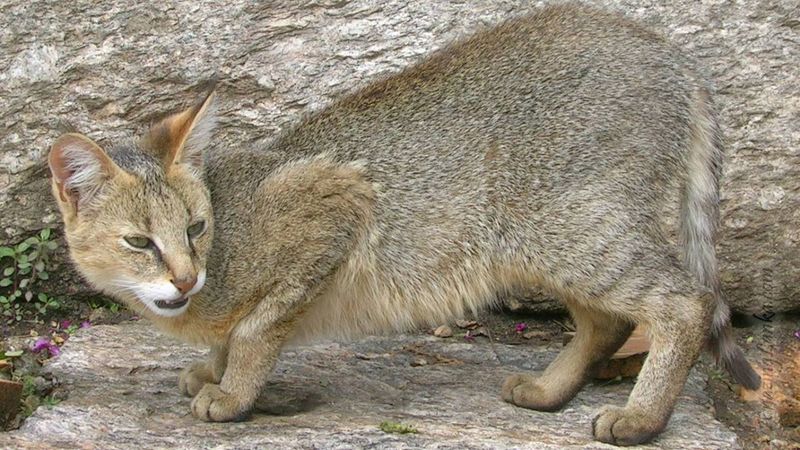
Don’t let the name fool you – these adaptable felines actually prefer swamps and wetlands to dense jungles! Jungle cats navigate waterlogged terrain from Egypt to Southeast Asia, thriving in places where seasonal flooding would drown most predators.
Their slender bodies and long legs help them stalk through high reeds without making a sound. During monsoons, they switch from hunting rodents to catching fish and frogs in rising waters, showing remarkable dietary flexibility when habitats transform overnight.
11. Asiatic Wildcat
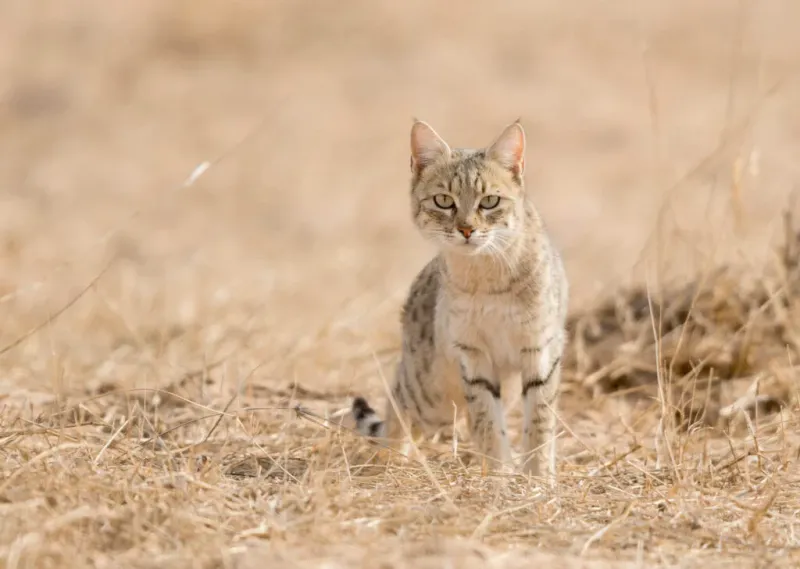
Across scorching Middle Eastern deserts where daytime temperatures regularly exceed 120°F, these unassuming wildcats hunt in the brief coolness of dawn and dusk. Their sandy-colored coats blend perfectly with barren landscapes, making them nearly invisible to both prey and predators.
Unlike domestic cats, these desert specialists can go their entire lives without drinking water directly. Instead, they extract every drop of moisture from their prey. Their concentrated urine helps conserve precious body water in one of Earth’s thirstiest environments.
12. Clouded Leopard
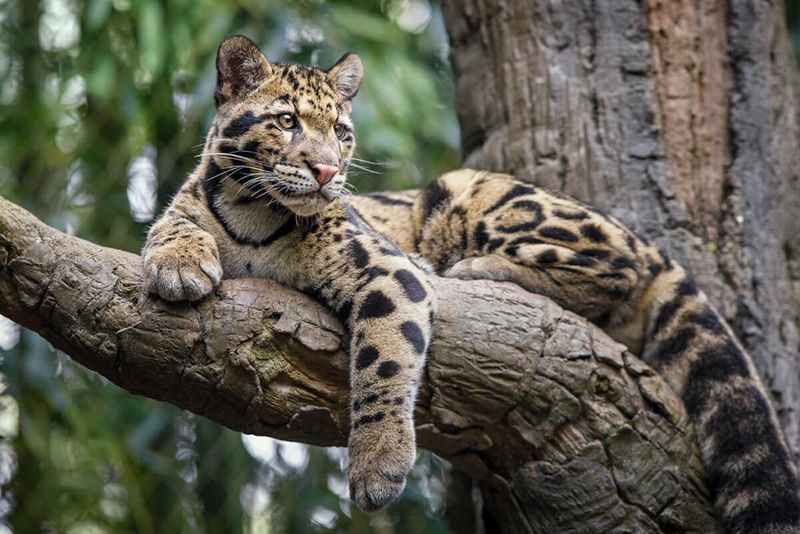
Imagine navigating the world’s densest rainforests during monsoon season when torrential downpours last for months. Clouded leopards escape flooded forest floors by taking to the trees, their flexible ankle joints rotating 180 degrees to climb down headfirst!
Their proportionally longest canine teeth of any cat can puncture the tough hides of rainforest prey. During the wettest months, these medium-sized cats may not touch the ground for weeks, moving entirely through the canopy like furry acrobats.
13. Chinese Mountain Cat
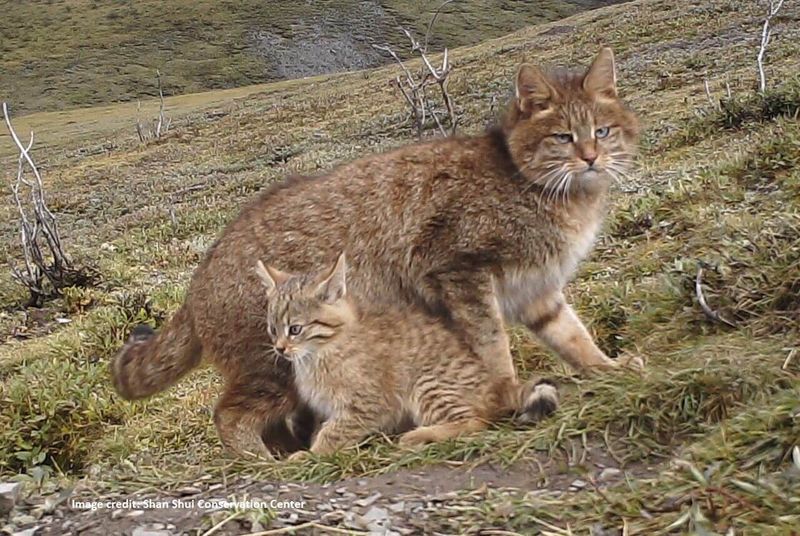
Few creatures can handle the extreme conditions of the Tibetan Plateau where temperatures swing from blistering hot to freezing within hours. Chinese mountain cats roam these high grasslands at elevations up to 10,000 feet, hunting pikas and voles in thin air.
Their thick, sand-colored fur grows additional insulation for brutal winters. Almost never seen by humans, these secretive cats have adapted to life where oxygen levels are 40% lower than at sea level, maintaining energy for hunting in this challenging environment.
14. Iberian Lynx
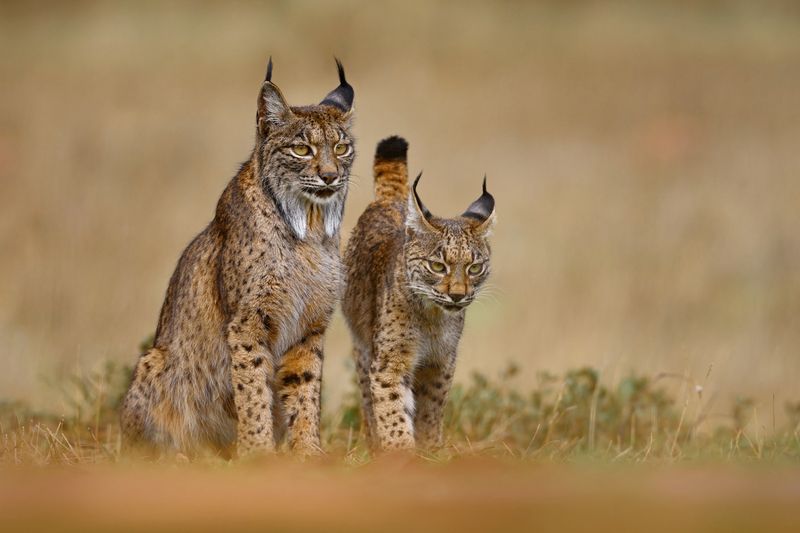
Against all odds, the world’s most endangered cat species clings to existence in Spain’s harshest Mediterranean scrublands. Iberian lynx face scorching summers where temperatures exceed 104°F and rainfall disappears for months, drying up water sources and challenging prey populations.
Their survival secret? Extreme specialization. These tufted-eared hunters have evolved to depend almost exclusively on rabbits, following their prey’s underground burrows to escape blistering heat. Their oversized paws spread weight on soft ground when stalking.
15. Puma
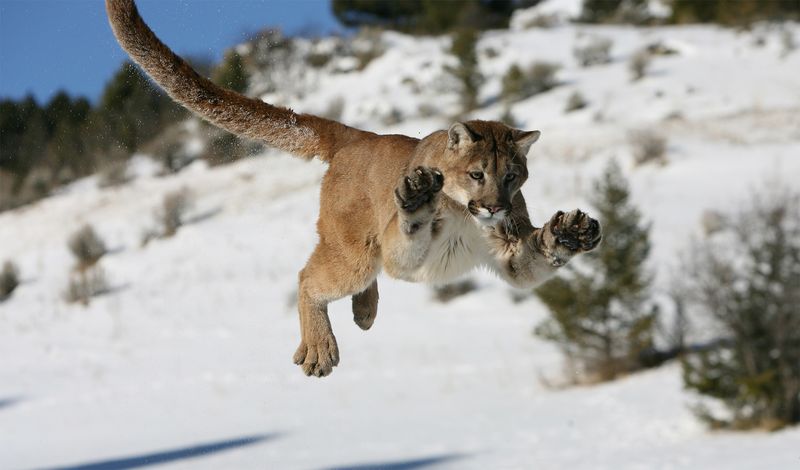
From Canadian snow to Patagonian wind-swept plains, no cat conquers more extreme environments than the puma. These tan-colored athletes thrive in scorching deserts, freezing mountains, and humid jungles across 28 countries, showcasing unmatched adaptability.
In desert regions, they can survive on moisture from prey alone. Their powerful hind legs generate incredible jumping power – up to 18 feet vertically! During harsh winters, their metabolism slows dramatically, allowing them to survive on fewer calories when prey becomes scarce.


